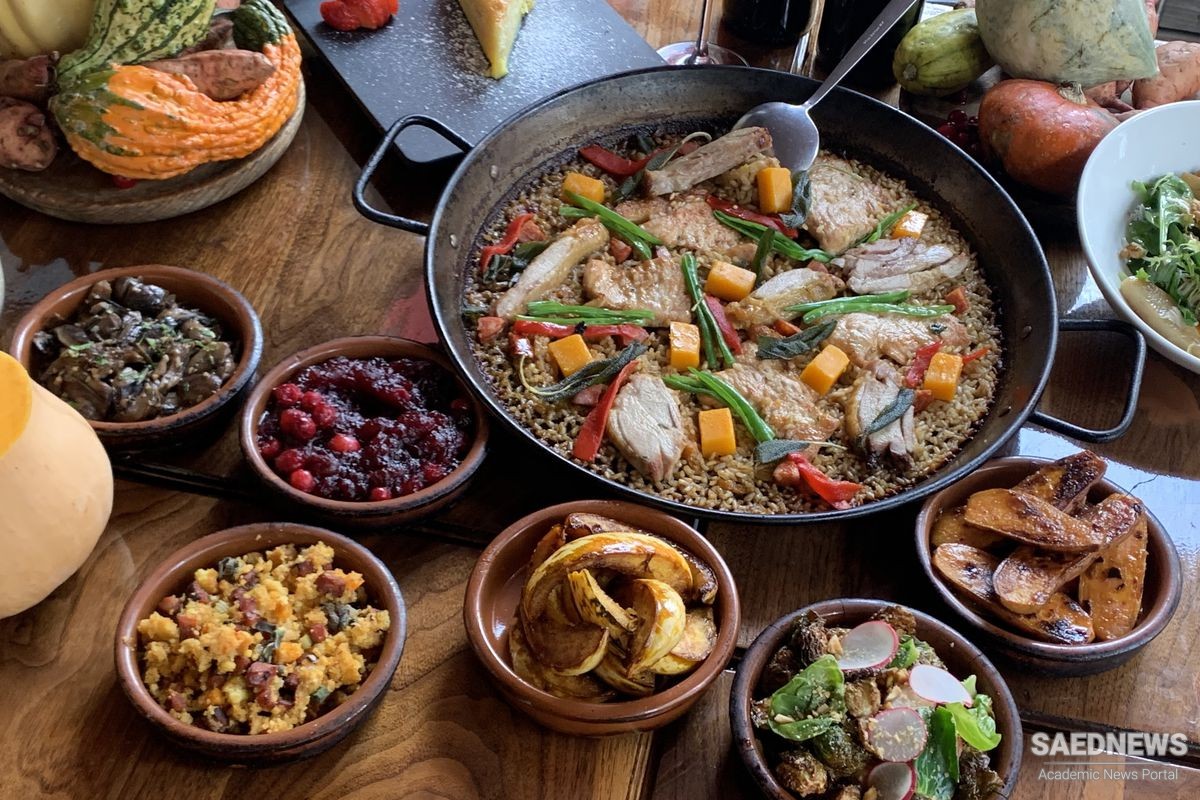Because every cuisine continually negotiates indigenous and imported foodstuffs, it is far more useful to replace authenticity with integrity or identity. Does the cuisine hold together? Is the whole somehow greater than the sum of the changing parts that it never ceases to incorporate? How strong is the power of assimilation? With time, imported elements—say, any of the foodstuffs brought to Europe from the Americas—become an integral part of the cuisine in question. If one looks far enough back in the culinary history of any country, the most “authentic” foodstuffs are apt to be a good deal less traditional than alleged. Can we imagine any European cuisine without potatoes? Yet the potato came from South America in the early sixteenth century and was first regarded by Europeans as an ornamental plant! Acceptance as a foodstuff took a couple of centuries. (The wary French preferred bread.) If we look closely at cuisines to determine their governing principles, it becomes clear that the term covers widely, and often wildly, divergent referents. Many of the comparisons made with such alacrity concern culinary configurations that are not at all comparable. At best, cuisine is a sliding concept, one that encompasses the nostalgia of “peasant cuisine” or “home cooking” but also the glamour dispensed by the celebrated chef. Subtly or not, these culinary connections imperfectly render practice. They play off the confusion between the social or geographical location of culinary preparations (peasant, bourgeoise, home, restaurant, regional . . . ) and the assumed quality of the food. In truth, each of these cuisines sets its own standards. Each has its own hierarchy, which responds to the question implicit in all of these locations in space: whose home, which peasants, what restaurant, which region, and so on.


 Culinary Culture: Ephemerality, Taste Community and Aesthetics of Food
Culinary Culture: Ephemerality, Taste Community and Aesthetics of Food














































